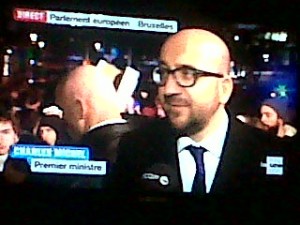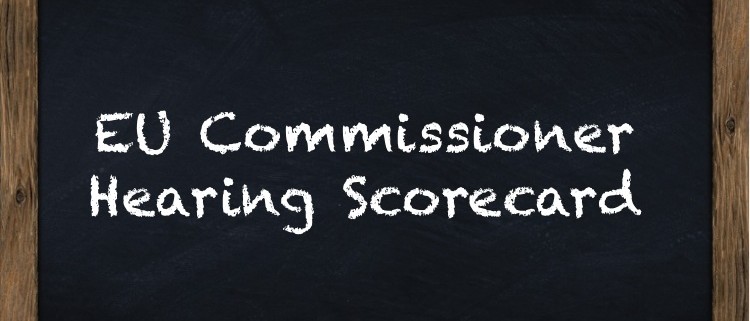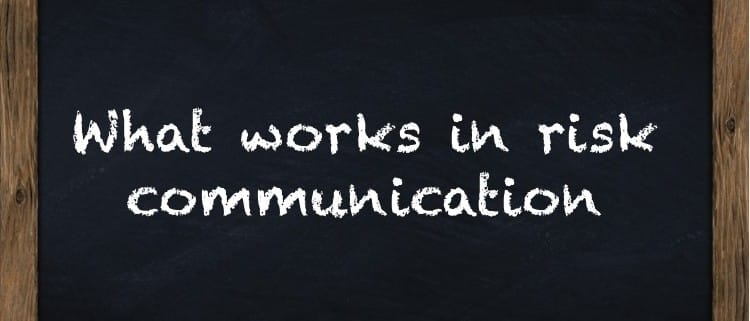How not to talk about free trade: a case study
An interview on the business slot of this morning’s Radio 4‘s Today programme reminded me how important it is for broadcast spokespeople to make their arguments clear and concrete even if they think their desired audience already knows what they are talking about.
From recent professional experience I know that the issue of TTIP – i.e. the sprawling free trade agreement currently being negotiated between the EU and US – is one that flummoxes people who have to talk about it. The mere mention of its almost wilfully boring title – the Transatlantic Trade and Investment Partnership – could put a charging rhino to sleep at 100 paces. And, depending on your viewpoint it’s either a huge opportunity to create jobs and growth on both sides of the Atlantic or a neo-liberal conspiracy to give big business free rein to undermine European social values and safeguards.
So this is a hard topic to talk about, as it seems vast, vague and abstract. On top of that, most of the TTIP negotiations have been conducted behind closed doors and the resulting information vacuum has been filled with rumour. However, if it is your job to make the case for or against TTIP you need to make a compelling argument if you’re going to be persuasive and memorable.
Sadly, the interview in question was not one of those. Gary Campkin is director of International Strategy with TheCityUK, an independent membership body that promotes the UK financial services industry within the UK & internationally.
1. Where were the messages?
Mr Campkin failed to nail his elevator pitch. Rather, than taking the bull by the horns he talked vaguely about ‘potential for the future’, growth’ and ‘jobs’ before moving onto the trump card of ‘regulatory coherence’. This is the pits: if regulatory coherence is your best interview line then you will lose half your audience. The journalist immediately spotted this, and interrupted Mr Campkin to ask what TTIP will actually do but then had to prise an example out of him. This was poor preparation on Mr Campkin’s part. He should have been able to offer up several clear and concrete examples, ideally about the benefits for the UK’s small businesses and consumers, without being prompted. He was better on the US-UK trade relationship and emphasised that the bilateral export relationship was the most important one the UK had ever had. But he should have done more, as he still sounded speculative, abstract and disengaged from his topic.
2. No control strategy
TTIP is controversial. A lot of people think it’s going to see privatisation of the NHS and give companies power to sue governments. Mr Campkin was mostly in rebuttal territory and did not have a convincing strategy for dealing with these entirely predictable negative questions. He could have provided context from previous trade agreements or named the EU negotiators leading the talks to make him appear more plugged in to what’s going on. As it was, he simply talked about ‘cast iron’ guarantees from the UK Government and EU negotiators (whoever they are) without providing any evidence or linking back to broader arguments about the benefits to the UK from TTIP.
3. Enthusiasm
Mr Campion was not the world’s most enthusiastic interviewee. He didn’t need to jump out of his chair or go into Ted Talk mode but he could have faked it a bit so that he didn’t sound as though it was 6:15 on a Wednesday morning and that he had skimmed the briefing his PR had given him in the car on the way to the BBC.
Talking about TTIP is never going to set people’s worlds on fire (unless you are hold strong views about it in the first place). But if you are a spokesperson for or against it then you need to work extra hard to de-conceptualise it. And you need to sound like you care about what happens. Otherwise, you can be sure no one else will.
You can click here to see my tips on how to communicate more effectively on TTIP.


















